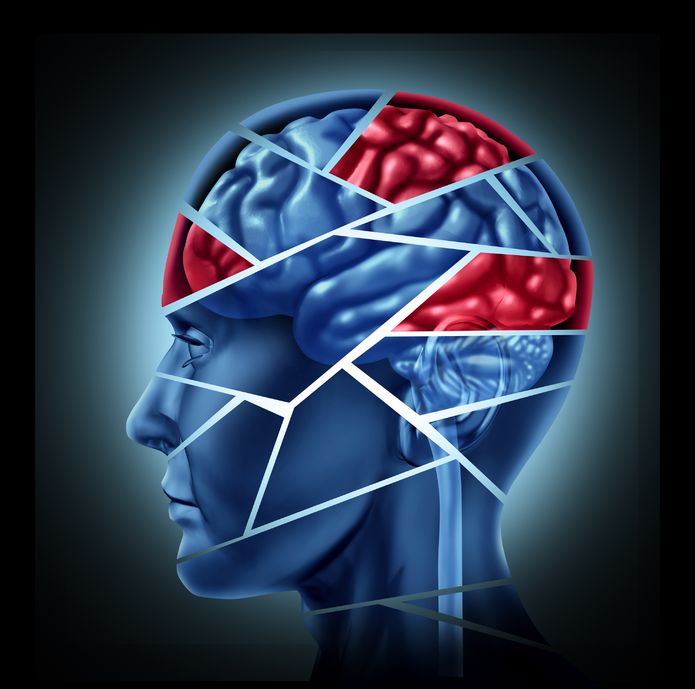In a Canadian study , researchers reviewed emergency room records of the general population compared to men who were either homeless and heavy drinkers, just homeless, or in “vulnerable” housing at risk of being homeless: “In the general population, about 12 in every 10,000 men have a head injury that might involve a brain injury each year. Among the chronically homeless the number is 4,800 every year. Among men who are in low income housing each year, 370 in every 10,000 have such a head injury.”
That is 300 to 400 times the risk! Most epidemiological studies are noteworthy when they find a factor that increases risk by 2 or 3 times. The researchers operate from the model that being homeless (and perhaps intoxicated) leaves individuals vulnerable to being attacked and injured, but they also found that subsequent head trauma became more likely with each previous brain injury, suggesting that disorientation, dizziness, memory loss, or other problems accumulate and make injury a “downward spiral.”
As a CranioSacral Therapist in Sedona, Arizona, I have seen first-hand the difficulties caused by traumatic head injury, even in people who are not homeless, who are in fact fairly well-off. I can’t imagine the compounding effect of head injury in someone who is living “on the edge” already. Despite the known risks of homelessness, seeing these statistics is indeed shocking.
We need to find a way to bring healing to the nervous systems of these people! Not only is it critically important in the present, but what will this population be like in 10 or 20 years, after the effects of the wars in Iraq and Afghanistan add to the numbers of men with traumatic brain injuries. Traumatic brain injury (tbi) is considered the “signature injury” of soldiers fighting in Iraq and Afghanistan. See, for example, this collection of NPR stories on the military’s failure to adequately care for the increasing numbers of soldiers with tbi’s:.
The Upledger Institute has conducted several incredibly successful intensive programs for Vietnam veterans with Post Traumatic Stress Disorder. It seems these programs are even more needed now, when veterans are returning with sometimes multiple brain injuries as well as the enormous stress associated with combat.
Image credit: lightwise



